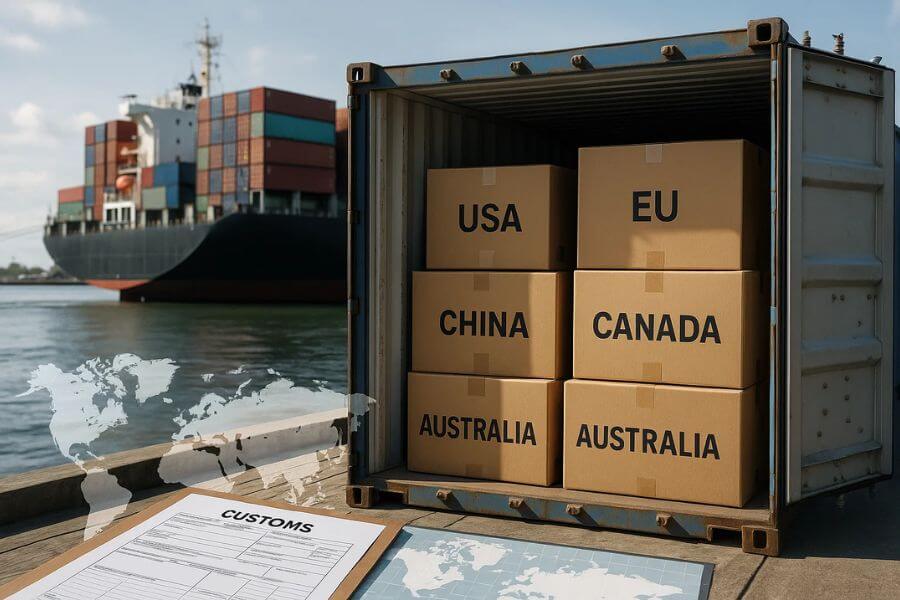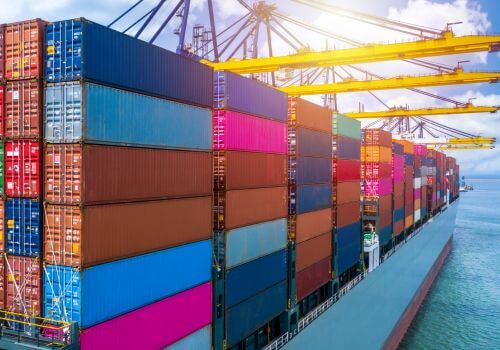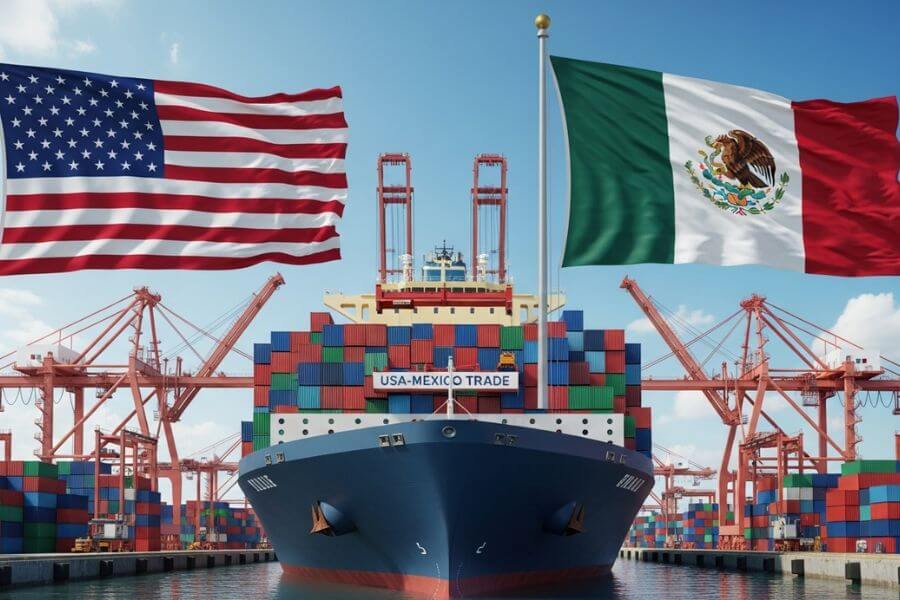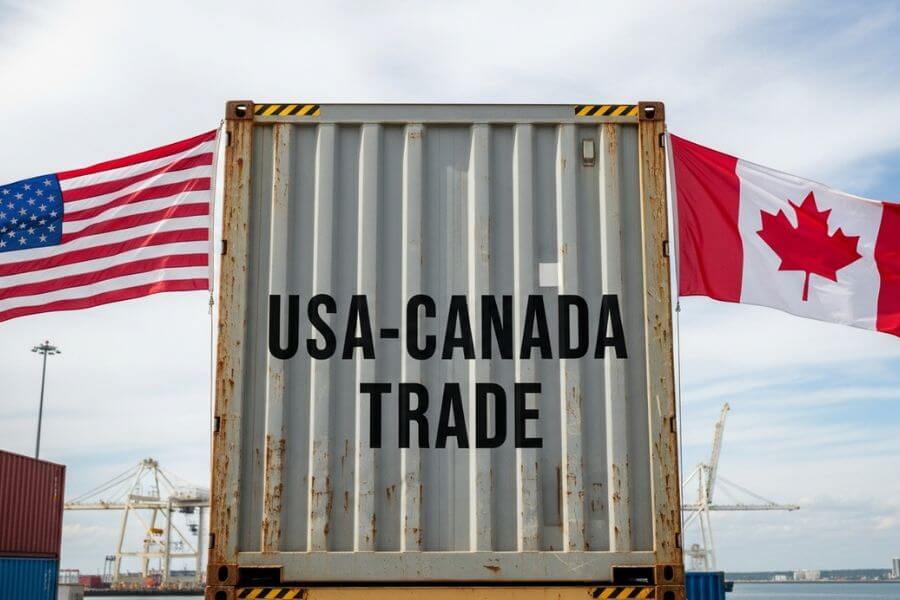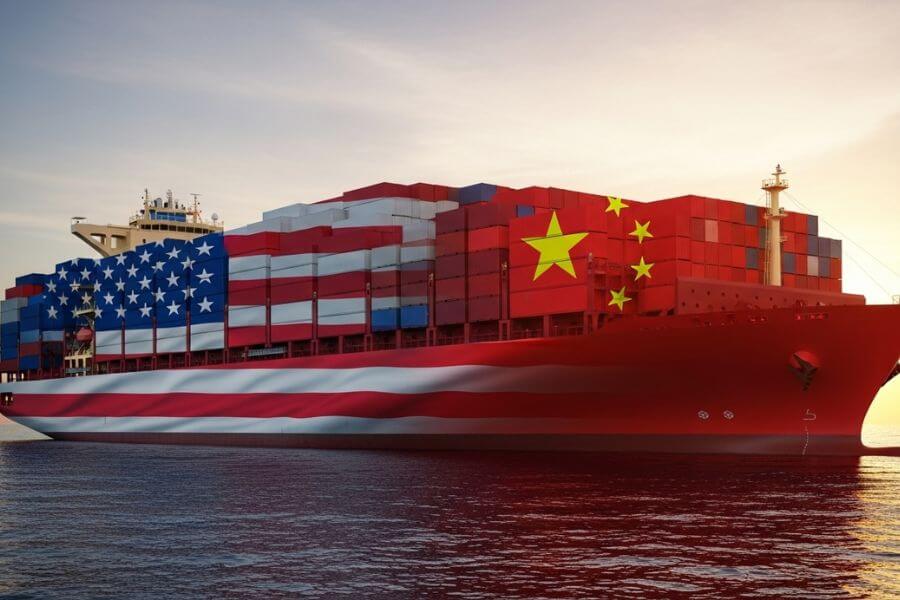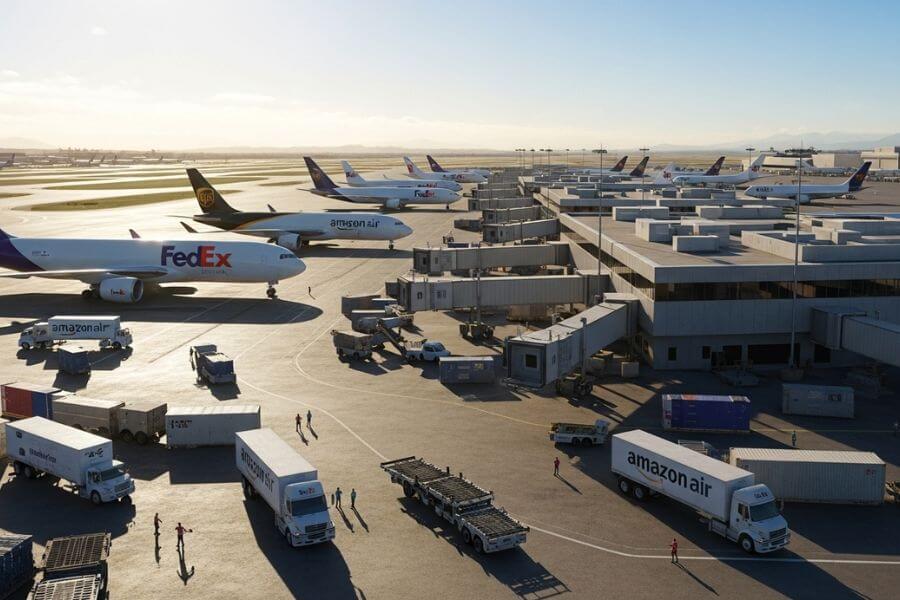In the complex world of global trade and international shipping, small details can have big consequences. One such detail is the de minimis value, a customs threshold that determines when duties and taxes apply to imported goods. While the concept seems straightforward, there are plenty of myths and misunderstandings that cause businesses to miscalculate costs, face shipping delays, or even get into compliance trouble.
This article clears up the 10 most common misconceptions about de minimis value, explains why they happen, and shows you how to avoid them so your business can ship across borders more efficiently and profitably.
What is de minimis value?
The de minimis value is the maximum declared value of goods that can enter a country without being subject to customs duties, and in some cases, taxes. It’s essentially a government-set cutoff point for what customs considers “low value” shipments.
For example:
- In the United States, the de minimis threshold is $800, one of the highest in the world.
- In China, it’s around RMB 50 (about USD $7), which is much stricter.
The intention is to reduce administrative costs for customs authorities and speed up the clearance process for smaller shipments, especially in an era where cross-border ecommerce is booming.
Misconception 1: De minimis value is the same everywhere
One of the most frequent mistakes in international trade is assuming that there’s a universal de minimis value. This couldn’t be further from the truth.
Each country sets its own threshold based on trade policy, revenue needs, and the desire to protect domestic industries. Some examples:
- United States – $800 per shipment, per day, per recipient
- Australia – AUD 1,000 for most imports
- Canada – CAD 40 for duties, CAD 150 for taxes
- Mexico – USD 50
- European Union – No duty threshold for most goods; VAT applies from the first euro
These differences can drastically affect landed costs and pricing strategy. Imagine you’re selling a $100 product:
- Shipping to the U.S. — no duties or taxes.
- Shipping to Mexico — customer may have to pay duties.
- Shipping to the EU — VAT applies even on low-value imports.
Why this misconception persists:
Many online sellers only trade in a few countries and assume similar rules apply elsewhere, especially if they rely on shipping platforms that automatically calculate costs for their primary market.
How to avoid the pitfall:
Maintain a country-by-country reference chart of de minimis thresholds and review it before expanding into new markets.
Misconception 2: De minimis value covers both duties and taxes everywhere
Another common misunderstanding is that staying under the de minimis value automatically means no duties and no taxes. In reality, many countries separate duties from taxes in their regulations.
For example:
- In Canada, shipments valued under CAD 150 are exempt from taxes, but only those under CAD 40 are exempt from duties.
- In the EU, VAT applies to all imports, no matter how small the value, since July 2021.
This means even if your shipment avoids customs duties, your customer could still get an unpleasant surprise in the form of VAT, GST, or sales tax.
Real-world example:
An Australian customer orders a $70 shirt from a U.S. store. While it may clear without duties, the customer still owes 10% GST upon arrival. If the seller doesn’t make this clear at checkout, it can lead to returns, disputes, and negative reviews.
Key lesson:
Clarify to customers whether your pricing includes taxes and duties, and be aware that the de minimis threshold might only apply to one, not both.
Misconception 3: The threshold applies per year
Some believe the de minimis limit is like a tax-free allowance for the entire year. In truth, the threshold typically applies per shipment, sometimes per day per recipient.
In the U.S., for example, you could theoretically receive an $800 shipment every day without paying duties. However, customs may flag suspicious patterns if they think you’re deliberately splitting shipments (known as “splitting consignments” or “breaking bulk”) to stay under the threshold.
Example scenario:
A retailer ships $2,400 worth of goods to one customer in three separate boxes on the same day, each valued at $800. Customs might treat it as a single $2,400 shipment, meaning duties would apply to the total value.
Key takeaway:
Understand the timing rules for your destination market and avoid splitting shipments solely to dodge duties, as it can be considered fraudulent.
Misconception 4: All goods are eligible under de minimis
It’s easy to assume that if the declared value is under the threshold, any product qualifies for duty-free entry. Unfortunately, that’s not the case. Many countries have restricted product categories that are never eligible for duty-free treatment, regardless of value.
Typical exclusions include:
- Alcohol
- Tobacco products
- Agricultural items like seeds or fresh produce
- Certain chemicals and hazardous goods
- Firearms or weapon components
Example:
Even if you send a $50 bottle of whiskey to the U.S., it won’t bypass duties or regulations just because it’s under $800.
Pro tip:
Before shipping, always cross-reference the product’s HS (Harmonized System) code with the destination country’s restricted items list.
Misconception 5: It's always better to stay under the threshold
Some businesses design their entire shipping strategy around keeping product prices just under the de minimis value. While this can reduce duties, it’s not always the most profitable or customer-friendly approach.
Potential downsides:
- Splitting orders into multiple low-value packages increases shipping and packaging costs.
- Customers may find multiple deliveries inconvenient.
- Some high-value customers might prefer paying duties for a single, consolidated shipment.
Example:
A fashion retailer sells two dresses at $450 each. If they ship separately, the customer avoids duties but pays higher shipping costs and deals with two deliveries. Consolidating into one $900 shipment might cost more in duties, but could actually be cheaper and more convenient overall.
Bottom line:
Always run a cost-benefit analysis. Sometimes paying duties is still the better option.
Misconception 6: De minimis rules never change
Trade regulations are not static. De minimis thresholds can be adjusted up or down based on trade agreements, government revenue needs, or political pressures.
Recent changes:
- U.S. raised the threshold from $200 to $800 in 2016.
- EU removed VAT exemption for low-value goods in 2021.
- Several Asian countries have lowered thresholds to increase tax revenue from growing ecommerce volumes.
Risk of not keeping up:
Failing to track these changes can mean unexpected duties for your customers, leading to higher abandonment rates or negative reviews.
Best practice:
Subscribe to trade compliance newsletters or work with a customs broker who keeps your business updated.
Misconception 7: De minimis eliminates all customs procedures
Even if your shipment qualifies for de minimis treatment, it still goes through customs. The difference is that the clearance process is usually faster and simpler. However, customs authorities may still:
- Scan shipments for security reasons
- Check the documentation for restricted goods
- Randomly inspect packages to prevent fraud
Example:
A shipment of $200 worth of electronics to Canada may qualify for de minimis duties, but still requires compliance with safety certifications and labeling rules.
Lesson:
De minimis reduces but doesn’t remove regulatory obligations.
Misconception 8: You can undervalue goods to stay under the threshold
Some shippers try to declare a lower value to qualify for duty-free entry. This is a serious violation of customs law.
Risks include:
- Shipment seizure
- Large fines
- Loss of import/export privileges
- Criminal charges in severe cases
Example:
Declaring a $1,000 watch as worth $200 to fit under a threshold might save on duties temporarily, but if customs inspects the shipment and finds the true value, the penalties could be far worse than the duties you were trying to avoid.
Rule of thumb:
Always declare the accurate transaction value. Compliance is far cheaper than penalties.
Misconception 9: De minimis only affects large businesses
Many small ecommerce sellers assume de minimis rules only matter for big international brands. In reality, small and medium-sized enterprises (SMEs) often benefit the most.
Benefits for SMEs:
- Lower total landed costs make international sales more attractive.
- Reduced customs paperwork saves time and administrative costs.
- Easier market entry into countries with high thresholds.
Example:
An artisan jewelry maker in Thailand can ship $150 necklaces to the U.S. without duties, giving them a pricing advantage over competitors exporting to markets with lower thresholds.
Misconception 10: De minimis is irrelevant for returns
Returns are an overlooked area where de minimis rules still apply. When goods are returned across borders, they are technically imports again.
Example:
- A U.S. customer returns a $100 product to a Canadian seller. Canada’s de minimis duty threshold is CAD 40, so duties might apply when re-importing it.
- This can complicate refunds, add costs, and create delays.
Best practice:
Have a clear international returns policy that accounts for possible duties when goods come back to your warehouse.
Conclusion
The de minimis value may seem like a small detail, but in the fast-paced world of global trade, it can significantly influence shipping costs, delivery speed, and compliance risk. By avoiding these 10 misconceptions, businesses can optimize their cross-border operations and provide a smoother experience for customers worldwide.
Frequently asked questions
Q1: Is the de minimis value based on the product price or the total cost including shipping?
A1: In most countries, the de minimis calculation is based on the customs value, which may include the product cost, shipping charges, and sometimes insurance. The exact formula varies by country, so check the local customs rules for how they define “value for duty.”
Q2: Does currency exchange affect the de minimis threshold?
A2: Yes. If you’re shipping to a country with a de minimis set in its local currency, the exchange rate at the time of customs processing will determine whether your shipment qualifies. A fluctuation in currency values could push a shipment above or below the threshold.
Q3: Can gifts qualify under the de minimis value?
A3: In some countries, gifts are treated differently from commercial goods and may have a separate, often lower, de minimis limit. Customs also require that the shipment truly be a gift, meaning no payment was made, to qualify for that exemption.
Q4: Are digital goods and services affected by de minimis rules?
A4: No. De minimis values apply only to physical goods crossing borders. Digital products like e-books, software downloads, or online courses are generally exempt from customs duties, though some countries may apply digital service taxes.
Q5: Do free samples still need to follow de minimis rules?
A5: Yes. Even if goods are marked as “free samples” and have no commercial value, customs authorities still assign them a fair market value for duty and tax assessment. If that value exceeds the threshold, duties or taxes may still apply.

